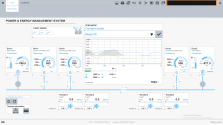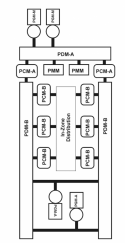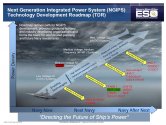No. MVDC is from 1kV to 35kV, as specified by IEEE standards:
That's rich, because the USN has commissioned their first hyrbid MVAC-MVDC ship (DDG-1000) 4.5 years ago. ABB delivered their first Onboard MVDC grid in 2013. Siemens has close to a dozen ships using their MVDC solution. ABB continues to design and develop complete MVDC solutions with international partners, like this Korean fully electric battery powered ferry:
Important things have to be repeated three times.
IEEE is a standard organization which
recommend but does NOT dictate. It is up to individual country and industry sector or company to take their recommendation or NOT. There are many many many other industrial standard organizations than IEEE.
In the case of IEPS in military ship, China regards MDVC as from 3KV and above, below that it is not. You can try to find the US navy's definition of their MDVC IEPS, 1KV is not USN's definition either. Don't pick what you wish as the standard, it's only yours. When we talk about MDVC in this forum we are using what Major General Ma's classified (>3KV) in his research paper. Don't change that standard to fit your purpose.
To entertain you, if you insist 1KV is MDVC, then I am talking about HMDVC (>3KV), your ABB example is still not up to China's standard. Do you see how meaningless you argument of playing standard is?
Your are really something. DDG-1000 is NOT NOT and NOT MVDC at all. This subject has been brought up before. The
power bus in DDG-1000 is AC, AC and AC. Their DC part is essentially the end consuming devices, not carrying the main current through the ship. Do you want to see the diagram of DDG-1000's IEPS system by the USN?
The last quote of yours of ABB system is "ABB’s Onboard
DC Grid™ power distribution system". Where is MV in ABB's statement? You are very very very rich.
Last question, are you majored in Electrical Engineering? Or any engineering at all? Do you know the meaning of international standard bodies?





